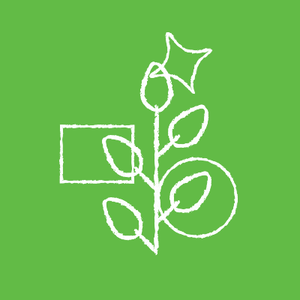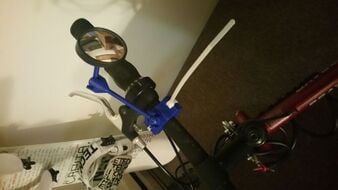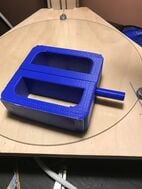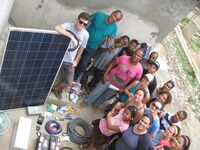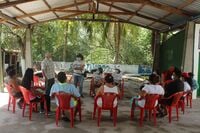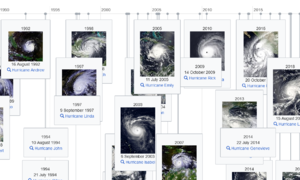Knowledge products can be useful both for individuals, groups, communities or technical teams to study and reproduce one or more solutions or grassroots innovations in different contexts.
Below we will address some of the main applications of documentation and knowledge products in Solution Mapping, without prejudice to the fact that other relevant applications can be identified.
Contents
Query existing solutions
Knowledge products can serve as a reference tool as long as they are adequately documented and have been structured with the intention of communicating to a specific audience. A knowledge product can allow relevant information to be shared with people who are investigating the technical aspects of the solutions, the motivations behind their creation, the local problems to be solved, the community dynamics that generate or exacerbate them, among other relevant aspects.
Using metadata to categorize and organize knowledge products is one way to make searching easier for people who are researching existing solutions.
For example, below is a map with all the projects on Appropedia categorized under the cycling category showing the location and name of the project, which can be consulted by people looking to do research on the topic. These types of tools can facilitate the investigation of teams around the world.
Conceptualization of new projects
When information about projects elsewhere becomes available to technical teams, this opens up the possibility to replicate existing solutions and adapt them to new contexts. Instead of reinventing the wheel, a knowledge product can serve as analogous inspiration to apply knowledge generated in another place or context to solve a problem or to conceptualize an entirely new solution.
Literature reviews are a very useful tool for studying existing projects during the process of developing a new solution. An example is this bibliographical review carried out by a team of students in the Dominican Republic to obtain the following information prior to the construction of their solution , which consisted of maintaining a photovoltaic system in Las Malvinas, Santo Domingo:
- The context of the area where you worked,
- technical information about the proposed solution,
- key terms to understand,
- design considerations to study,
- possible tools and equipment they will require,
- community aspects to be taken into account, and
- existing solutions.
ethnographic studies
Long-term interventions in a community have the great challenge of transmitting the learning obtained in two directions. First, to the people who shared the information (experts, innovators and those who live in the communities). Second, to the field teams that facilitate the solution development processes as part of the work of the UNDP Acceleration Labs.
This type of knowledge product contains information not only oriented to technology but also to community life and observations made over time, to learn more about the experiences and needs of the community. Access to this information facilitates monitoring of the work done by other people in the past, or even by other organizations that come with an interest in developing new solutions, either in collaboration with other actors or independently.
In 2021, UNDP El Salvador carried out a Solutions Mapping activity with the support of Techo El Salvador to find out about the solutions in the communities of the beaches of the department of La Libertad.
As a result of this work, a series of pages was produced, available on Appropedia, called Mapeo de agua en La Libertad . This is a knowledge product generated from the documentation obtained by the teams after field visits to various communities and which contain valuable information about the community that will be useful not only for the technical staff of the organizations that work in the area. but also for the communities.
Identification of positive deviations
The data allows you to compare solutions and find trends between initiatives in the same place, or even the creativity of people separated by time and geographic space, to ask questions such as the following: What do these solutions have in common? Are there patterns in the way they solved the problem?, What things can we learn from these initiatives?, How can we improve them?, etc.
Wikimedia projects is a huge source of knowledge that can be used as a source of data for analysis. An example of this is the climate change initiatives developed by content publishers. Through the Wikidata platform, it is possible to use the content pages and other material from open licenses as a data source for study and pattern analysis. Here is a link to a presentation on this example. It is also possible to observe in real time how publishers participate in the generation of knowledge on the subject on the platform.
